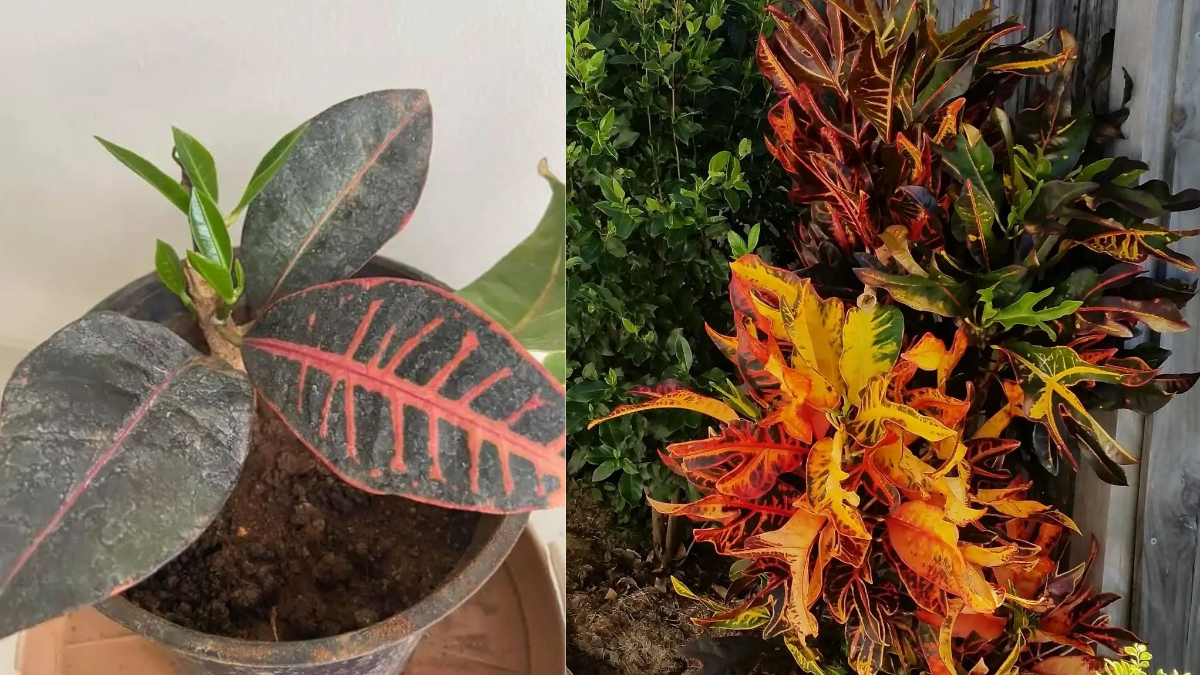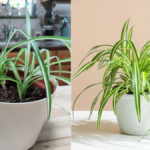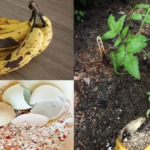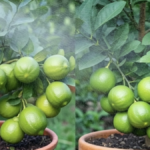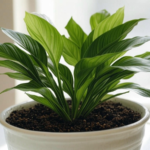How to Take Care of Croton Plant – Croton plant care is easy if you understand what this colorful plant needs. From my own gardening journey, I’ve learned that croton loves bright light, proper watering, and good soil. In the beginning, my croton plants were losing leaves, and the colors were turning dull. But slowly, after trying different things, I found the right way to care for them. In this post, I’ll share my experience step by step so that you don’t make the same mistakes I made.
When I first brought a croton home, I placed it indoors without much sunlight. Within a few weeks, the leaves started dropping, and the bright colors faded into dull green. I thought maybe I was not watering enough, so I increased the water. That made things worse, and the roots almost started rotting.
IN THIS ARTICLE
Quick Tips from – How to Take Care of Croton Plant
- Keep croton in bright light to maintain leaf colors.
- Always use well-draining soil to avoid root rot.
- Water only when the top soil feels dry.
- Increase humidity indoors by misting.
- Fertilize regularly but not too much.
- Protect from cold air and sudden weather changes.
Watering Croton – What Worked for Me
At first, I used to water croton daily, and that was a mistake. The soil remained wet, and the plant lost many leaves. Later, I realized that croton likes moisture but not soggy roots.
Now, my routine is simple:
- I check the top 1–2 inches of soil. If it feels dry, I water.
- In summer, I water 2–3 times a week.
- In winter, I water only once a week.
- For my indoor croton, I also mist the leaves to keep humidity high.
This watering method stopped leaf drop and kept my croton healthy.
Soil Mix I Use for Croton
I experimented with different soils, but heavy soil always made the plant weak. Finally, I made my own soil mix, and it worked very well.
Here’s the soil mix I use:
- 40% garden soil
- 30% sand or cocopeat (for drainage)
- 20% compost or cow dung manure
- 10% perlite (optional, for aeration)
This soil keeps the roots healthy and provides good nutrition.
Sunlight – The Key for Croton Colors
From my experience, sunlight is the most important thing for croton. Without enough light, the leaves turn plain green.
- My crotons get morning sunlight for 3–4 hours.
- After that, I keep them in bright indirect light.
- Indoors, I place croton near a window with sunlight.
- I rotate the pot every 2 weeks so all sides get light.
Once I gave proper sunlight, the colors of my croton became really bright and beautiful.
Temperature and Humidity
Croton is a tropical plant, so it naturally loves warm and humid weather. Since I live in India, the plant grows well outside most of the year. But in winter, I shift my croton indoors to protect it.
- Ideal temperature: 20–30°C.
- Never keep it below 15°C, otherwise leaves drop.
- For humidity, I spray water on leaves and sometimes keep a bowl of water near the plant indoors.
Fertilizer – My Routine
I noticed that when I don’t give fertilizer, the colors fade. So now I follow a simple fertilizing routine:
- Once a month, I add liquid fertilizer (NPK 20:20:20).
- Every 40–45 days, I add organic compost or cow dung manure.
- In winter, I reduce fertilizer because the plant grows slowly.
This gives me bright and colorful leaves throughout the year.
How I Propagate Croton
I’ve successfully grown new crotons from cuttings. It’s very simple if you do it correctly.
Here’s how I do it:
- Cut a 4–6 inch stem with at least 3 leaves.
- Remove lower leaves and keep 1–2 leaves on top.
- Dip the cutting in rooting powder.
- Plant it in cocopeat or sandy soil.
- Cover with a plastic bag to maintain humidity.
- Keep in indirect light and water lightly.
Within 3–4 weeks, roots appear, and I shift it to a bigger pot.
Common Problems I Faced with Croton
Over time, I faced different problems with croton. Here’s what happened and how I solved it:
| Problem I Faced | Reason | My Solution |
|---|---|---|
| Leaves turning green | Kept indoors with less light | Shifted to balcony with bright sunlight |
| Leaves dropping | Overwatering and cold wind | Reduced watering and kept plant in warmer spot |
| Dry leaf edges | Low humidity | Started misting leaves |
| Dull colors | No fertilizer | Added liquid fertilizer once a month |
| Pests like mealybugs | Dry air | Sprayed neem oil solution |
Pruning and Maintenance
To keep croton in shape, I prune it regularly. I cut the long stems, remove old leaves, and clean the dust from leaves. This helps the plant grow new shoots and stay healthy.
Conclusion
From my experience, I can say croton plant care is not very difficult. You just need to give it bright sunlight, the right soil mix, proper watering, and regular fertilizer. If you do this, the plant will reward you with colorful and healthy leaves.
Croton has become one of my favorite plants because of its beauty. It brings color to my home garden and makes the balcony look lively. If you are planning to grow one, just follow these care tips, and your croton will grow beautifully too.
